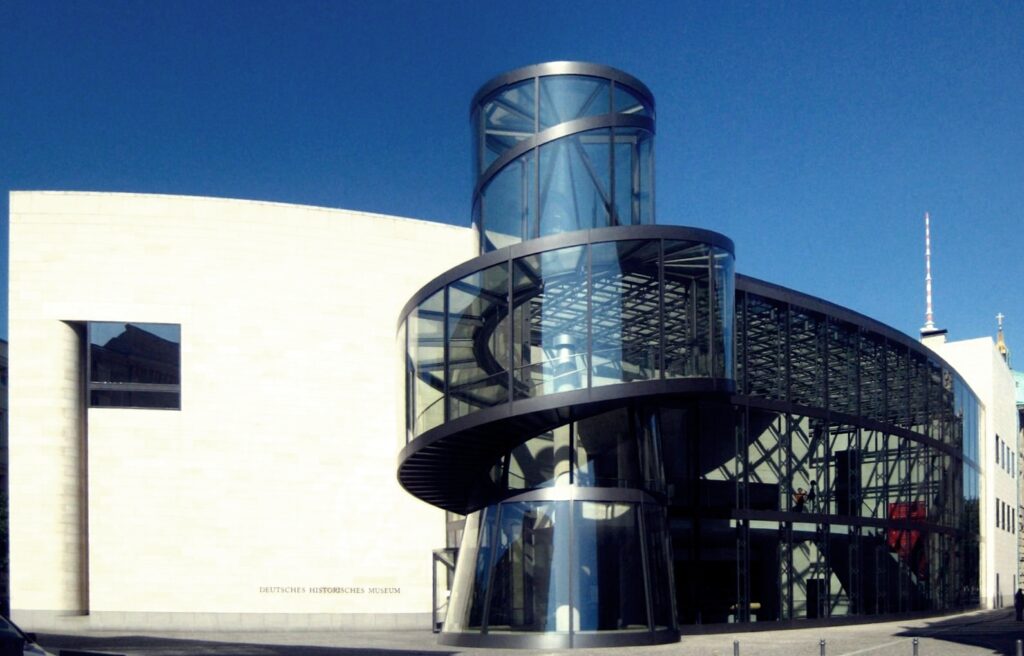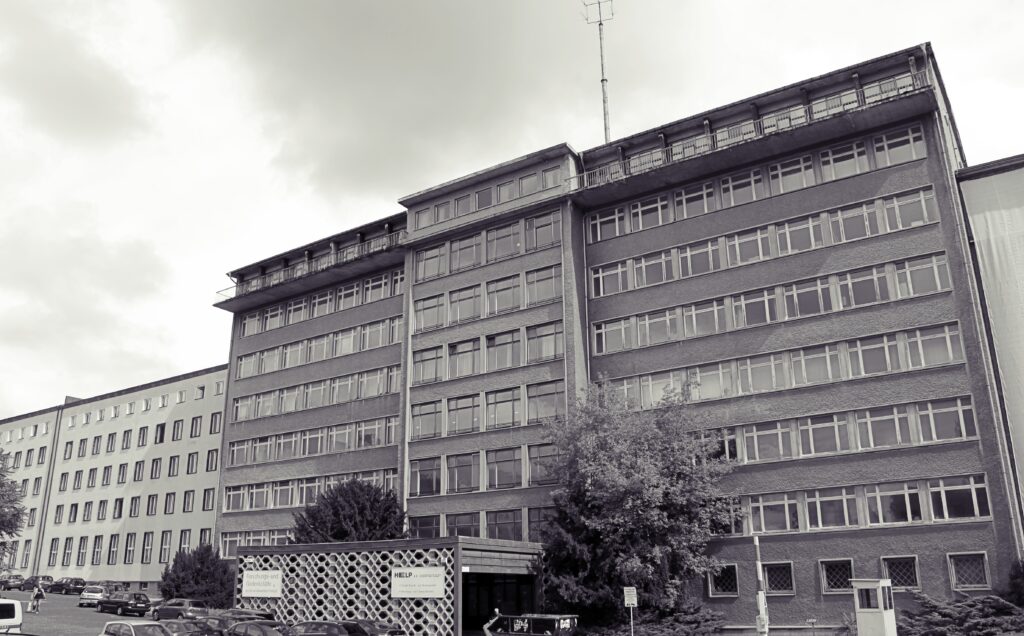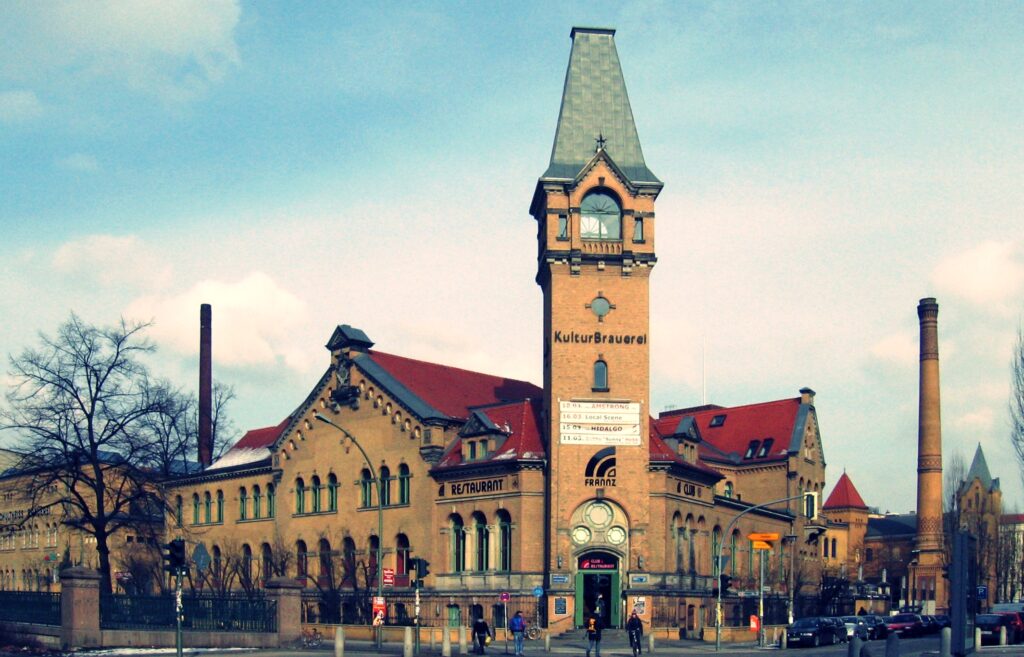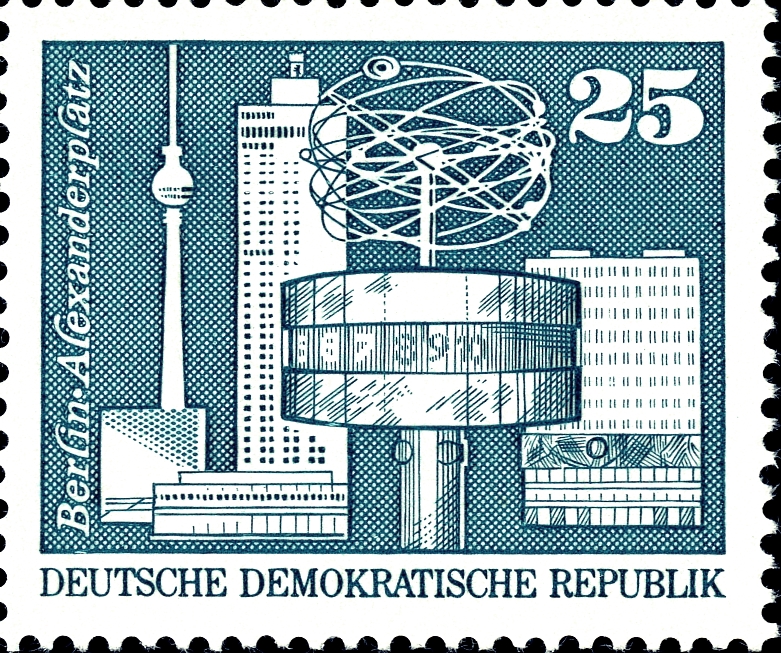The so-called Deutsche Demokratische Republik (DDR), or German Democratic Republic (GDR), came into being on October 7, 1949, after Germany was divided into two zones following the end of World War II. The western states of Germany were occupied by the Allied forces (United States, United Kingdom and France), while the eastern states of the country came under Soviet occupation. Berlin should have remained under Soviet rule, but it had been agreed that the capital was to be divided among the four occupiers. Thus Berlin was divided into two large zones, which on August 13, 1961 were separated for 28 years by a 158 km long wall.
The GDR was on the political map for 40 years. An ephemeral life that began to die out after the fall of the Berlin Wall on November 9, 1989, and ended up disappearing on October 3, 1990. That summer a vote had been taken on Reunification and returning the capital to Berlin. Thus, the territory of the GDR became part of the Germany we know today.
However, the spirit of the GDR is not completely dead. Over the years, different initiatives have appeared that have tried to recover what life was like in the former communist country. We present in this entry some museums on the subject that may be of interest.
Museum of German History

Although it is a museum that traces the history of the German people from the Middle Ages to the present day, it is certainly worthwhile to stop in the second half of the 20th century. XX, to understand the relationship between the Cold War and the Second World War, the doubled German political map after 1945 and the Reunification process that took place after 1990.
The Museum of German History, whose narrative is constructed from original objects, is located in the oldest Baroque building on the Unter den Linden boulevard, in the monumental heart of Berlin and next to the Museum Island. It housed the Royal Palace’s arsenal of weapons and was the most visible representation of Prussian military power. Its building was expanded with a renovation by architect Ming Pei in 2003. Its permanent exhibition “German History in Pictures and Testimonies” occupies 8,000 m2. We definitely recommend the section on the division and existence of the two Germanys and the beginning of reunification.
2. Stasi Museum

Like most memorials and documentation centers in Germany, historical space has been transformed into memory space. That is, in place for memory and information. The Stasi complex is one of the most impressive in terms of size and planning. The Stasi (Ministry for State Security) headquarters remained hermetically sealed until January 15, 1990, when thousands of people forced their way into the compound in the so-called “Normannenstrasse storming”. After the collapse of the system between October and November 1989, German citizens of the former GDR were eager to enter the offices and browse through their archives to find out how far the role of this espionage apparatus, which was defined as “shield and sword of the party”, had gone.
Through photographs, documents and original objects, it shows the functioning of the Stasi, both from the human and material point of view. Their hierarchies, procedures and results. It is undoubtedly the best place to learn about what is considered the most powerful espionage apparatus in history.
3. Museum in the Kulturbrauerei

From a more domestic and everyday point of view, we would like to recommend the GDR Museum located in the Kulturbrauerei, a former brewery located in the Prenzlauer Berg district. This free museum focuses on “A typical day in the GDR” and is structured in four parts: “domination and everyday life”, “the collective and the individual”, “consumption and deprivation” and “retreat and revival”. The exhibition escapes sensationalism and its content is based on the contribution of objects and stories of the former inhabitants of East Germany. Apart from the Stasi and the wall, this is an exhibition of the everyday life of a German in the former GDR.
4. GDR Museum
Despite being the museum dedicated to this theme that attracts more tourists every year, it is not the best option. It is conceived as a space to touch history (“Geschichte zum Anfassen”), so it is a museum that allows you to interact with the objects in the exhibition. The GDR Museum is a private institution and is located next to the Museum Island. It tries to show what life was like in the former East Germany through more than 200,000 objects: Trabi vehicle, Vita Cola soft drink or Robotron computers. These objects are contextualized in spaces that recreate rooms of the dwellings of the time, and are accompanied by texts that provide historical and anecdotal content. Although we believe that it is not the best option to understand what the GDR was, it can provide some curious facts from a different perspective.
+0049 1525 561 24 89
contact@culturetouringberlin.com


